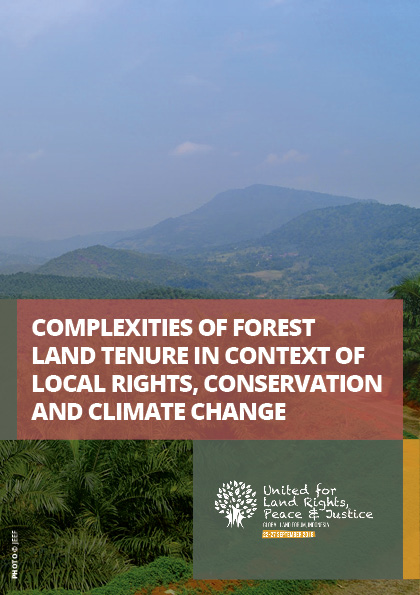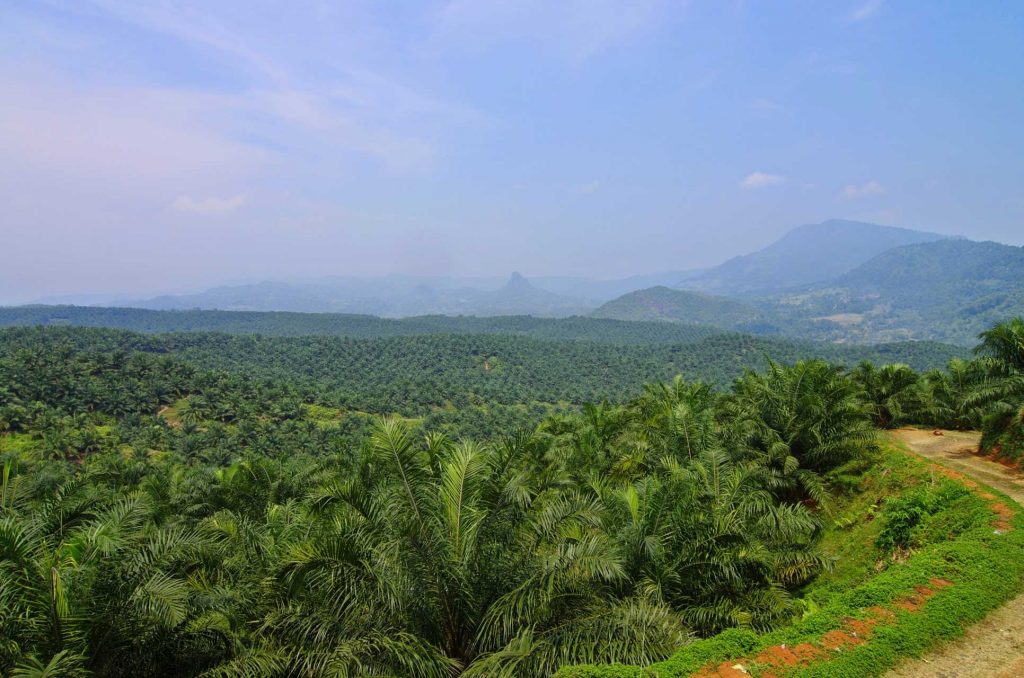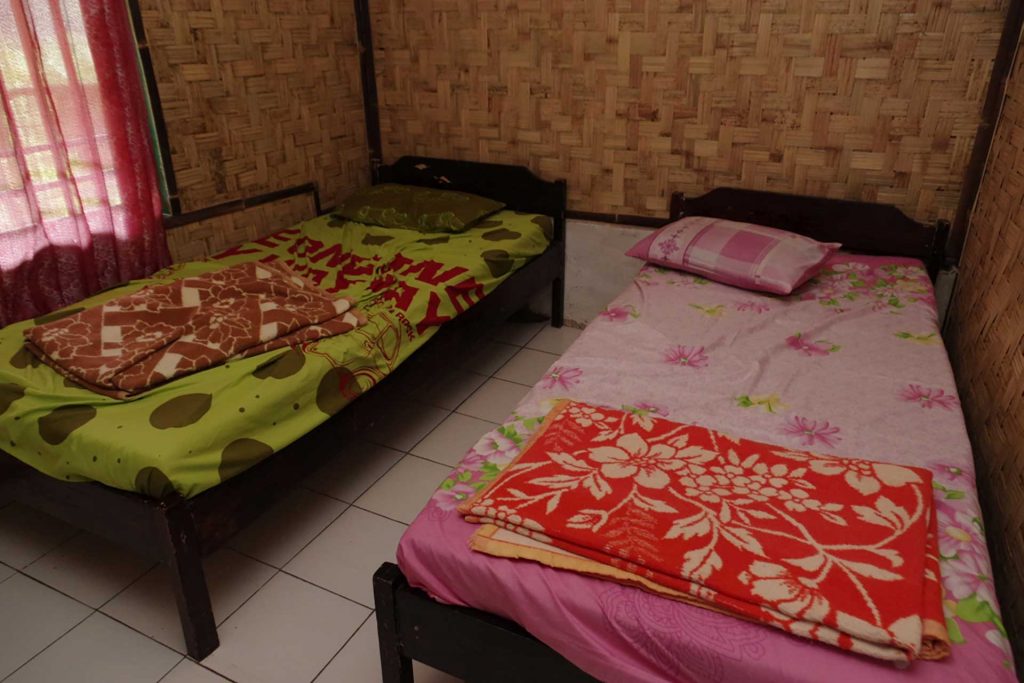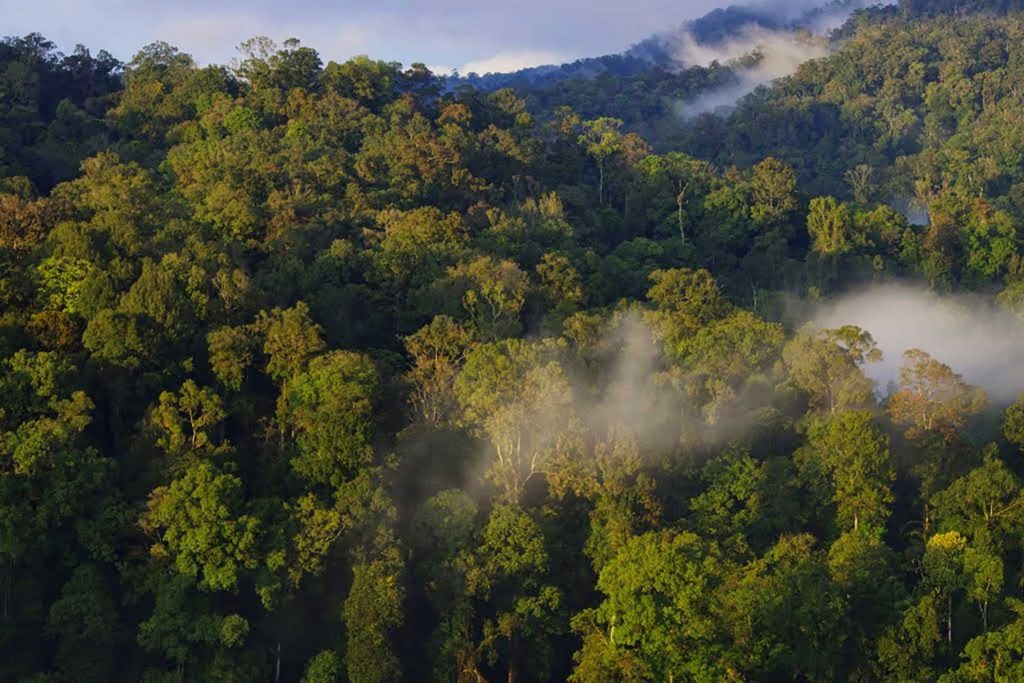
TRAVEL AND LOGISTICS:
Participants will stay overnight in Bogor before departing on a 3-day in-depth training sessions and field trip. Travel by van (3 hours) from Bogor – Malasari Village – Citalahab route. Participants will stay in the hamlet of Citalahab with elevation 1.070 asl and located in between landscape of the Nirmala tea garden surrounded by rain forests, where they will sleep in small guest houses, with shared room. Or the homes of residents. Indoor bathrooms have cold water showers and squat toilets. A home-based food menu generally consists of rice with fish or tempe (soybean), vegetables, fruits, eggs, and chilli sauce.
WHAT TO BRING
The field trip site is located in mountainous areas, where the nights might be cooler. A slightly warmer sweater/jersey is recommended. Participants should also bring sunscreen/sun protection, mosquito repellent, motion sickness medicine, refillable water bottle, tissues/toilet paper, towel, soap, non-slip walking shoes/hiking boots, sandals/flip flops.
WHO SHOULD ATTEND?
This 3-day field trip is focusing on training and capacity-building, by offering in-depth training sessions, which are applied to and complemented by a field visit. These are focussing on forest and natural resource management. It will be of interest to participants working on topics such as forest and non-forest land tenure, forest and land tenure reforms, and forest landscape. The latter will be addressed in a context of multiple and overlapping land and use rights, conservation and climate change issues. Aspects such as food sovereignty, indigenous people, eco-tourism, besides others, will also be touched upon.
Languages: Indonesian, English, Spanish and French
Maximum participants: 20
Difficulty: 1/5 *

BACKGROUND
Gunung Halimun Salak National Park, known as “The heart of Java”, is a 400 km2 conservation area in the Indonesian province of West Java on the island of Java . The park in its present form is an amalgamation of two important ecosystems at Mount Halimun and Mount Salak, which are connected by an 11-kilometer forest corridor. It is inhabited by the Kesepuhan traditional Sundanese community, a group of around 5,300 people who live in the southern part of the park in small scattered villages.
The park was first created in colonial times as a nature reserve. At the same time the colonial state also established plantations in the same area and moved people from elsewhere to work in the plantations. The original nature reserve on the Halimun mountain was expanded in the year 2003 from the original 40,000 ha to some 113,357 ha, including the Salak mountain . This expansion included the saddle between Halimun and Salak, large parts previously managed by the State Forest Corporation, indigenous peoples territories and lands long settled and cultivated by local communities. A gold mine operated by a state corporation borders the mine. In the past, many local people were also involved in artisanal gold mining.
Several NGOs have long worked with indigenous and local communities on issues of rights and improving livelihoods, attempting to reconcile conservation needs and development needs. This is in line with the State’s requests for forest conservation, while on the other hand promoting the development of economic activities subsequently raising local revenues and livelihoods for the inhabitants. In this context, the park is affected by multiple interests of different stakeholders. On one hand, besides the numerous rice plantations, several tea plantations in and around the park demand freedom to operate, a geothermal plant on Mount Halimun is being developed, and a Japanese project is promoting eco-tourism through an enterprise ‘Pesona Malasari’ offering several ‘tourist packages’. On the other hand, local people claim a use right to the land, while indigenous people want their existence and their rights to be recognized.
PARTICIPANTS
WILL LEARN
ABOUT...
- The complexities of forest and non-forest land tenure, in particular in Indonesia.
- Ongoing forest and land tenure reforms, applied to Indonesia and elsewhere in the world, and implications for local people and their livelihoods.
- Forest landscape governance in the context of local rights, conservation and climate change issues.
IN
GUNUNG
HALIMUN
SALAK
PARTICIPANTS
WILL...
- Attend in-depth trainings (combining several learning approaches by CIFOR, applied in a participatory manner) on forest and natural resource management and rights;
- Participate in seminars, which will include local populations and participants, with regards the above topics, enabling effective application in local contexts.
- Take part in a two-way sharing session with the local community as well as with the other participants, sharing experiences and good practices from other regions, countries and situations.
- Visit and discuss local sites, such as the Gunung Halimun Salak National Park, the forests and integrated plantations, and communities.



